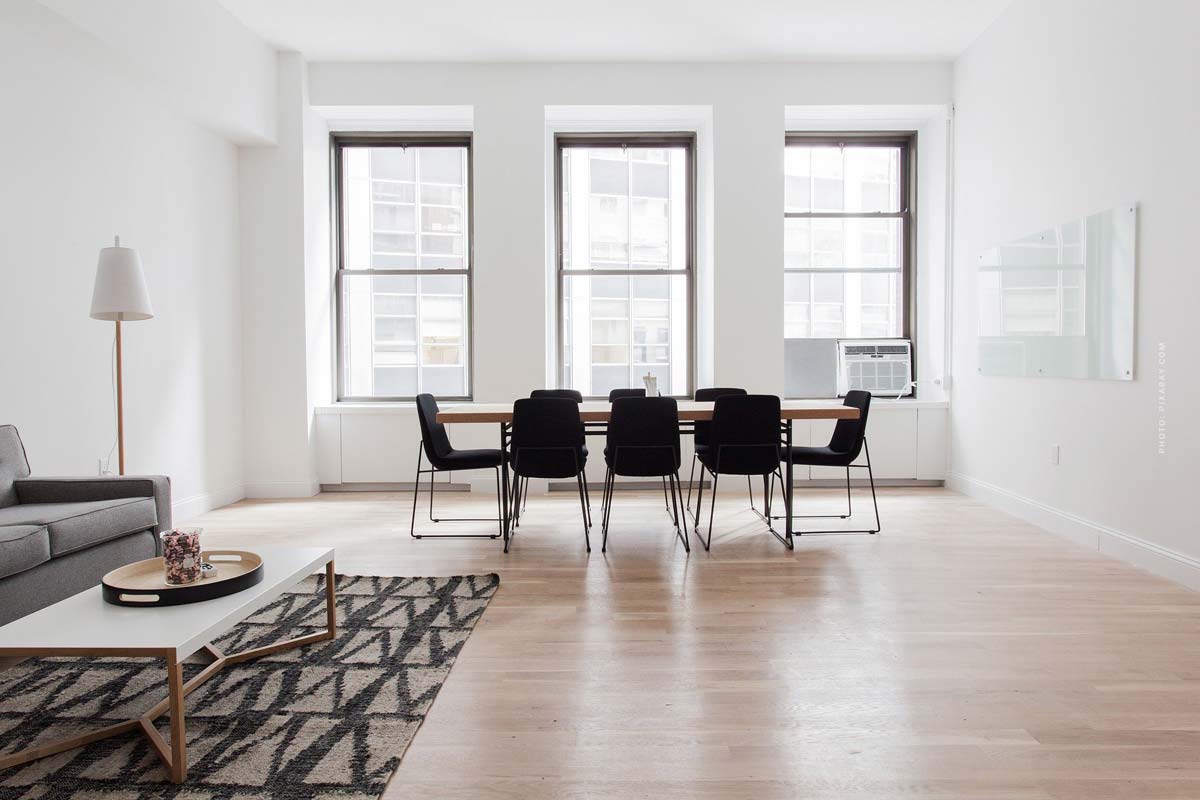Rental yield explained: build wealth – definition & formula for your yield real estate.
Rental yield explained – You would like to invest in a property as a capital investment and are not yet sure whether such an investment is worthwhile? You would like to buy a yield property and thus build up further assets? Therefore, it is important to always have the
Rental yield: definition & calculation
Should you decide on a yield property for your real estate investment, the question quickly arises:
Is this property worthwhile as an investment?
After all, buying real estate does not only entail immense costs at the beginning. There are also ongoing operating costs to be paid later on during the rental period. So to make sure that this expense is worthwhile, there is the rental yield. In other words, the rental yield puts your investment in relation to the potential rental income.
Formula for gross rental yield: percentage
To calculate the rental yield, the cold rent (without operating costs) and the purchase price of the property must be put into relation. The complete formula is:
Annual net income / investment * 100 = rental yield
The result is then in percent. The higher the percentage, the better the return. And the better the return, the more you earn from the property. As a real estate investor, you should ideally build up wealth again directly so that you can then invest it in further real estate as a capital investment.

Yield & location: A, B & C location
The decisive factor for the rental yield is the location of your property. Is the property in an A, B or C location? What about the macro and micro location? And is it a yield or investment property? Depending on the location, the respective property types have different rental yields.
A-location: Frankfurt & Munich
Typical for A-locations are low yields and a steady increase in value. Over the long term, therefore, rental yields rise here just as the value of the property itself does. The best examples of this are top A locations such as Munich and Frankfurt:
- Munich Ø Yield ~ 3
- Frankfurt Ø Yield ~ 4
B-location: Dresden & Nuremberg
In principle, B locations also have good returns. In addition, there has also been a significant increase in value here. The ideal rental yield in B locations is between 5 and 6 percent:
- Dresden Ø Yield ~ 5
- Nuremberg Ø Yield ~ 6
C-location: Wuppertal, Chemnitz, Krefeld
Gross rental yields are highest in C locations. On the other hand, there is no increase in value and the risk of vacancy is higher. Here are some examples:
- Wuppertal Ø Yield ~ 7
- Chemnitz Ø Yield ~ 8
- Krefeld Ø Yield ~10

Conclusion: What is the minimum rental yield?
The amount of the rental yield is therefore calculated according to a fixed formula and varies depending on the location and type of property. In principle, the higher the yield, the more profit is made. And the better the location, the lower the yield. Thus, yield properties are worthwhile above all in B and C locations, while you should choose properties in A locations above all for investment properties.
Learn more about rental yield here:
- Rental yield: Return on real estate (external)
If you want to learn even more on the subject of buying a property, whether owner-occupied or capital investment, numerous articles, guides on the subject of rented vs unrented, as well as checklists, all free and 24 hours online available, with us!
Apartment, house, apartment building, everything for real estate beginners!
Now new on Immobilien-Erfahrung.de:
- Buy property: learn – external
















